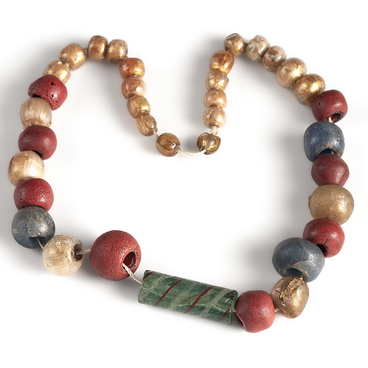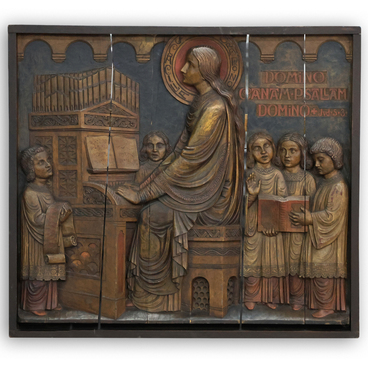The first people on the territory of the modern Kaliningrad region appeared about 13 thousand years ago. They were small groups of hunters who migrated after herds of reindeer. The process of neolithization, involving gradual transition to a producing economy, began about 6.5 thousand years ago. Pottery production skills were first to be adopted among the bearers of local Mesolithic cultures.
In the second quarter of the first millennium BC the region saw the beginning of the Early Iron Age. Researchers recognize the period quite roughly. As in the Bronze Age, the main type of monuments for the study of the Early Iron Age were still burial grounds containing bronze inventory.
The changes in burial rites, which occurred due to the penetration of the Lusatian culture into the region, are seen as a conventional indicator of the onset of a new period. The ethnic geography of this culture included mainly Proto-Balts and Proto-Slavs. At that time, natives from the territory of modern Poland settled along the coast of the Sambian (Kaliningrad) Peninsula.
As a result of the influence of the Lusatian culture during the Late Bronze-Early Iron Age, most of the area of the present-day Kaliningrad region saw a steady rise in the number of collective burials under mounds with stone shells or in stone boxes using the cremation ritual.
Such burial grounds were often transformed into family vaults, which contained burials of four generations. In the Bronze Age, the vessels that accompanied the deceased were initially used in the household as storage containers for food. It was not until the mid-Early Iron Age that they began to be made specifically for the ritual.
The spherical bottoms are a common feature of these vessels, distinguishing them strikingly from those of the earlier period. The lids in the form of bowls served to perform rituals of cleansing the cremated remains of the deceased in running water. The water rituals associated with burial were quite common and have been known in different forms since ancient times.
Researchers assume that
according to the local belief, the holes in the lids were made to allow the
soul of the deceased to exit through them. Apart from vessels, archaeologists
found a great variety of men’s and women’s bronze jewelry in burials.


